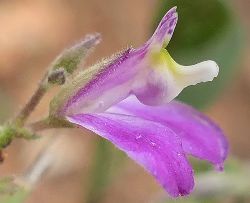
Polygala lindheimeri (purple milkwort)
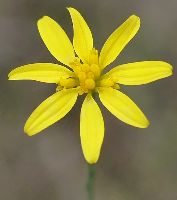
Amphiachyris dracunculoides (prairie broomweed)
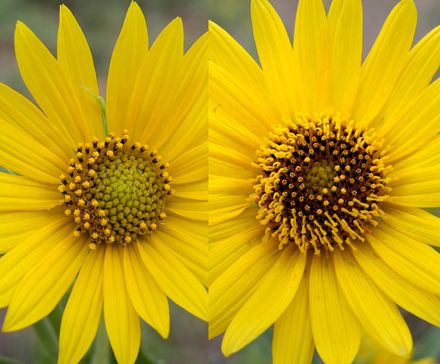
Helianthus maximiliani (Maximilian sunflower)
| A pair of pseudanthia (composite "flowers") at different stages. The ray florets exhibit zygomorphic symmetry, in which their corolla has one long lobe, while those in the disk are actinomorphic, with the corolla fused into a tube. The successive disk floret maturation is beneficial to pollinating insects because the supply of nectar and pollen is available for a lengthy period. How different the wind-pollinated ragweed shown below looks by comparison! |
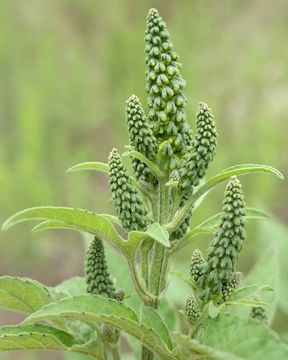
Ambrosia trifida (giant ragweed)

Stenaria nigricans (diamondflower)
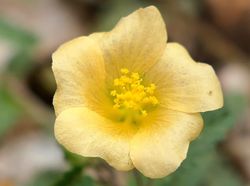
Sida abutifolia (spreading fanpetals)

Indigofera miniata (scarlet pea)
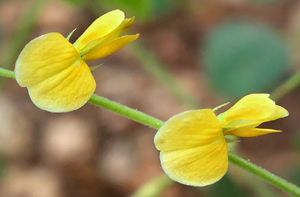
Rhynchosia minima (least snoutbean)
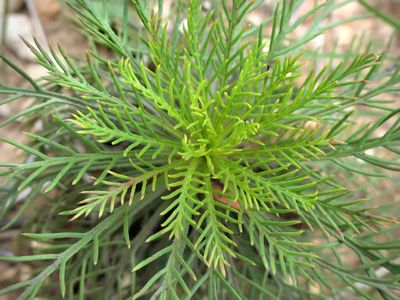
Ipomopsis rubra (standing cypress)
| As a biennial, the first year growth of this plant produces a ferny rosette. The tall spike with brilliant red flowers should appear next year. |
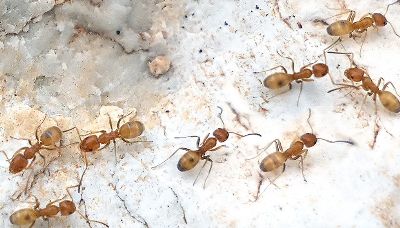
Forelius sp. (ants)

Polistes bellicosus (paper wasp)
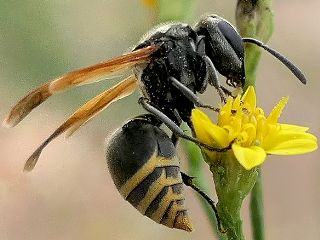
Brachygastra mellifica (Mexican honey wasp)
| Unlike the bee shown below, wasps do not collect pollen, but they can certainly carry it by accident, thus benefitting the plant, as demonstrated by the paper wasp's messy face shown above. The honey wasp does collect nectar, which it sucks up and stores in its crop, to be regurgitated back at the nest. |

Melissodes sp. (digger bee)
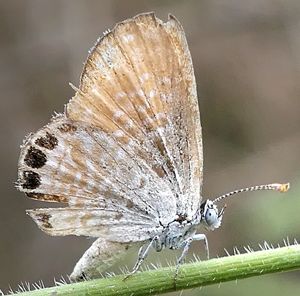
Brephidium exile (western pygmy blue)
| Not all butterflies are brightly colored and conspicuous. Small cryptic species, like this blue and checkered-skipper, can often be overlooked until they are practically underfoot! |
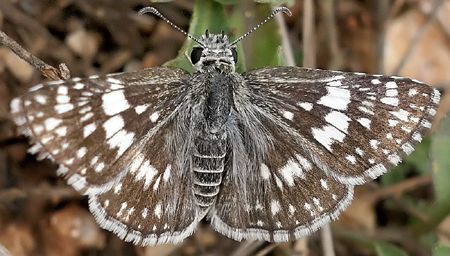
Pyrgus communis/albescens (common/white checkered-skipper)

Parthenium hysterophorus (parthenium weed)

Diodella teres (poorjoe)

Boerhavia erecta (erect spiderling)
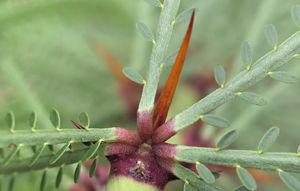
Parkinsonia aculeata (retama)

Cenchrus spinifex (common sandbur)
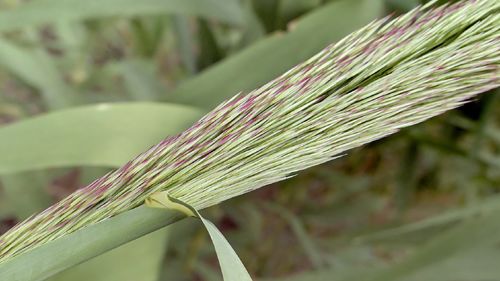
Arundo donax (giant reed)

Sorghum halepense (Johnson grass)
| Many grass species are rather indistinguishable to the novice. But some, such as the three shown above, are easy to recognize. Sandbur is probably one of the most maligned native species, while Giant Reed and Johnson Grass are invasive exotics. The next five species shown are not nearly so notorious. |
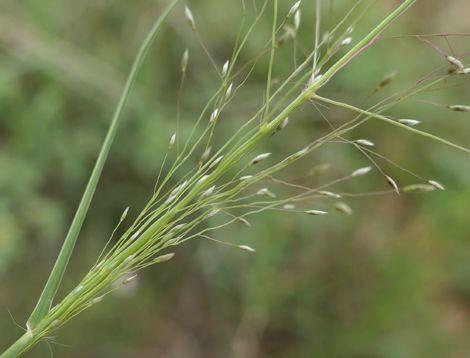
Digitaria cognata (fall witchgrass)
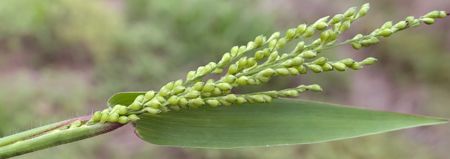
Urochloa fusca (browntop signalgrass)
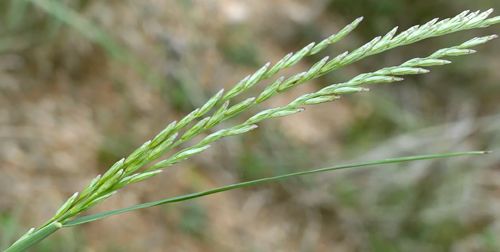
Leptochloa dubia (green sprangletop)
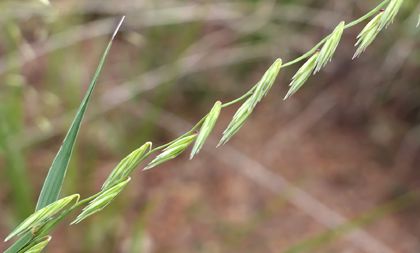
Bouteloua curtipendula (sideoats grama)
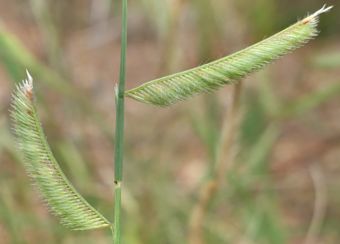
Bouteloua gracilis (blue grama)

Gnathamitermes sp. (long-jawed desert termite tubes)
| Unlike subterranean and drywood termites, some termite species are not structural pests. The creators of these dirt tubes forage at night and are important decomposers of dead grass and other plant material. |
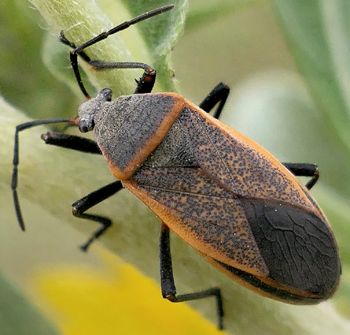
Largus sp. (largus bug)
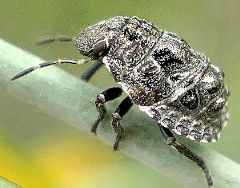
Unknown sp. (shield bug nymph)
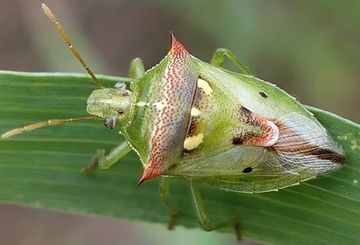
Tylospilus acutissimus (predatory stink bug)
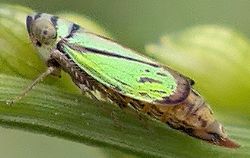
Stirellus bicolor (leafhopper)
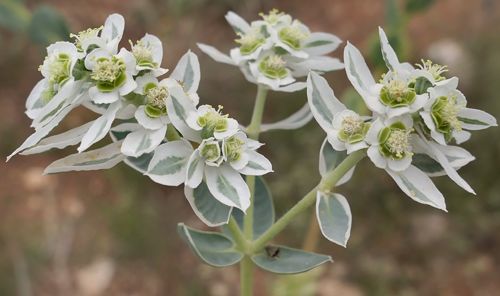
Euphorbia marginata (snow-on-the-mountain)
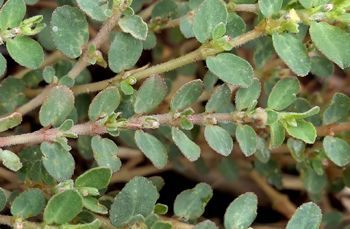
Euphorbia stictospora (slimseed sandmat)
| Euphorbia, containing around 2000 species, is the only plant genus known to include all three major photosynthetic systems (C3, C4 and CAM). Explaining those systems is beyond the scope of these short info bits. |
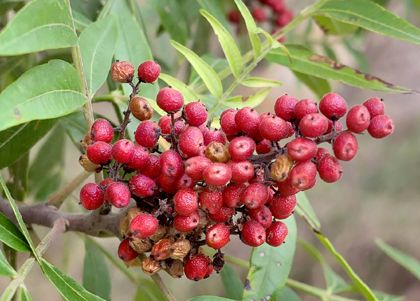
Rhus lanceolata (flameleaf sumac)
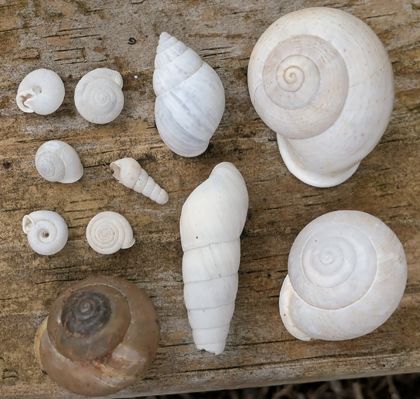
land snail shells found in juniper debris
from top left to bottom right:
Linisa texaniana, 2 specimens: ventral & dorsal
Rabdotus sp.
Otala lactea (milk snail)
Helicina orbiculata (globular drop)
Rumina decollata (decollate snail), 2 specimens: immature & adult
Polygyra cereolus, 2 specimens: ventral & dorsal
Mesodon thyroidus (white-lip globe), 2 specimens: fresh & bleached
|
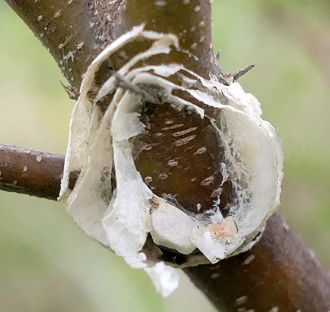
Enteridium lycoperdon (false puffball)
| I have been puzzled by this sort of thing for years, and, after much searching and researching, my best guess is that this white plastic-like stuff found on tree trunks is what is left of a slime mold's aethalium (spore producing structure) once the spores are washed away and all that remains are the rather stiff bits of the peridium stuck to a substrate. |

![]()